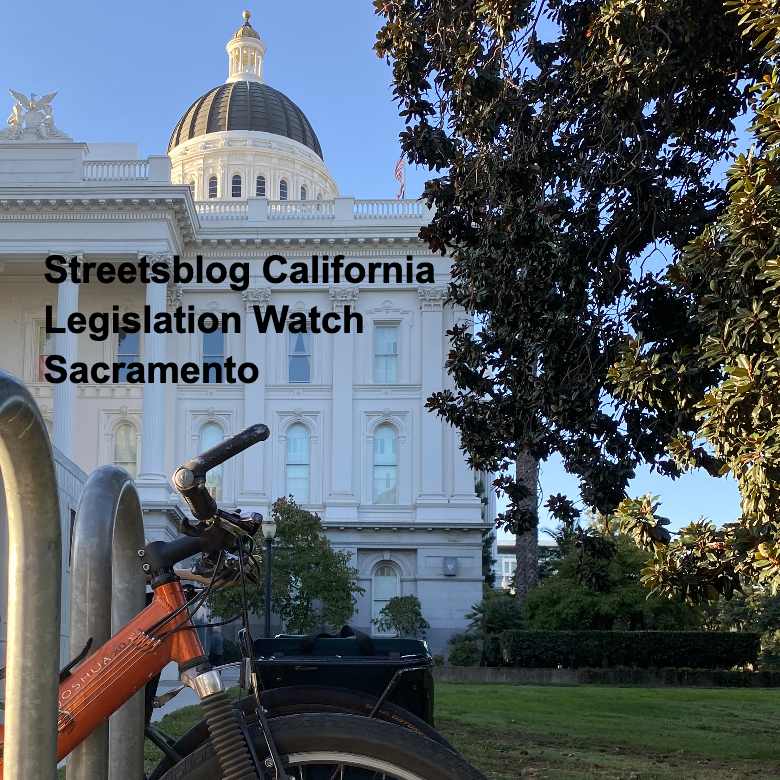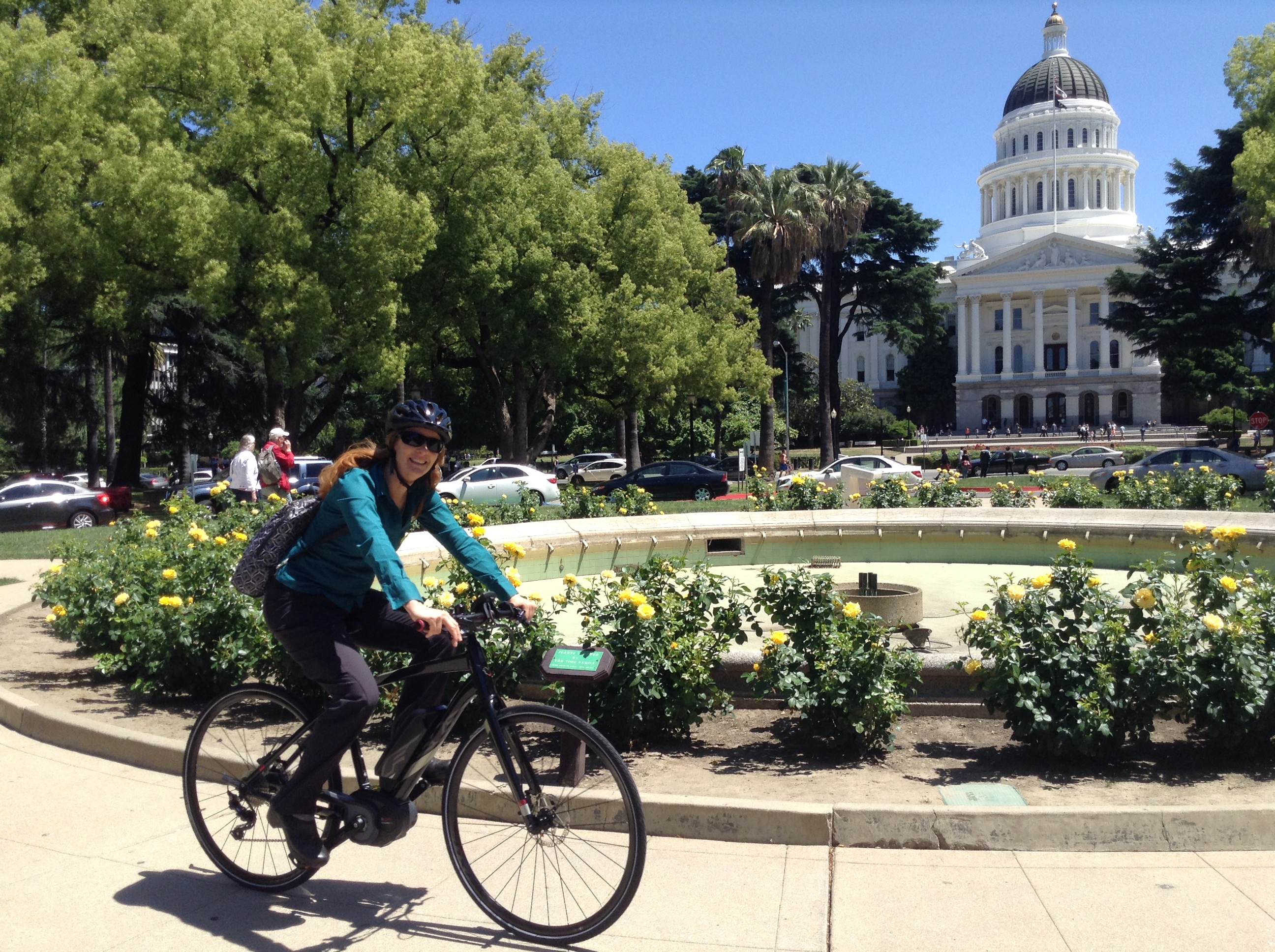Complete Streets
Senator Scott Wiener was clearly disappointed, but he accepted the amendments to his Complete Streets bill suggested by Assembly Transportation Chair Lori Wilson to get it passed by the committee yesterday. It did, on a 7-1 vote. But with Wilson's amendments - actually, they are Caltrans' amendments - the bill is only a whisper of what it originally set out to be: a requirement for California road builders to recognize that there are other people on those roads besides drivers, and that their needs have to be taken into account.
Many surface roads in California are owned and maintained by Caltrans, and that has inhibited cities from adding complete streets elements including sidewalks, bike lanes, bus lanes, crosswalks, median islands, narrower travel lanes, and the like. While Caltrans has adopted a Complete Streets policy, and says it is increasing the number of bike and pedestrian facilities in its projects, a CalBike analysis found that most SHOPP projects found some reason not to do so.
S.B. 960 still calls for Caltrans to incorporate Complete Streets principles into projects under the State Highway Operations and Protection Program (SHOPP), the largest source of funding for state-owned roads. But the committee amendments refer back to Caltrans' existing policy, which says it will do so "to the extent beneficial, cost effective, and practicable in the context of facility type, right-of-way, project scope, and quality of nearby alternative facilities, and where feasible." That "feasible," especially, gives Caltrans a lot of wiggle room, which the department has made clear it will use.
The committee analysis notes that these amendments are just "the first round of suggested amendments from Caltrans." That sounds like a direct threat of future hostile amendments from the department. This bill has been in the legislature for two years, and this is the first time Caltrans has come forward with "suggested amendments." That sure doesn't look like good-faith negotiating. Caltrans should stop hiding behind legislators and committee analyses and just make their arguments: They won't accept anything that could cut into existing funding for road maintenance.
And they don't yet see people on bikes, foot, or transit as legitimate road users.
Avoiding Useless "Class III" Bike Routes
A similar problem reduced Senator Blakespear's bill that sought to limit the use of what are called "Class III bikeways." These are basically either sharrows or signed bike routes - they are not lanes at all, either painted or protected or separated from traffic. One of the fundamental problems with even identifying these as "Class III" facilities is that they show up on maps as bike lanes and routes, even though they require bike riders to share space with fast-moving car traffic. Most bike riders seeking routes through unknown areas would expect something more than just signage or sharrows.
Sharrows can also lend an air of legitimacy to projects that don't deserve it - Caltrans claims credit for incorporating bicycle facilities into its highway projects even if all it does is slap down sharrows on a 40mph overpass. And they get the credit! Gee, I wonder why "nobody" bikes over Highway 99 in all those Central Valley towns (except for people who desperately need to).
Sharrows can occasionally be marginally useful, but only under very limited circumstances - on very slow, lightly traveled neighborhood streets, for example. The city of Berkeley has employed similar markings for years on its "bicycle boulevards," but these quiet neighborhood streets include numerous other traffic calming devices, including straight-out blocking vehicle traffic.
At yesterday's hearing, Senator Blakespear accepted the committee amendments, which limit where sharrows can be painted (to roads slower than 30 mph) but not where "bike route" signs can be added. So a jurisdiction can still put up signs and call the street a "Class III facility," no matter how fast or heavy traffic is.
The bill's sponsors, Streets for All, did not even argue in support.
Despite our best efforts, SB 1216 (@SenBlakespear), our bill to prohibit class 3 bike lanes and sharrows on high-speed roads, has been substantially weakened due to committee amendments.
— Streets For All (@streetsforall) July 2, 2024
We won’t give up this fight but unfortunately, we must pull our support for this bill. pic.twitter.com/sMlj4DVDOp
These bills should not be necessary to begin with, but that they are fought against so hard by Caltrans and others - including a long list of rural regional governments - makes advocating for safety an exhausting, demoralizing job. It just should not be so hard to improve the safety of vulnerable road users.






